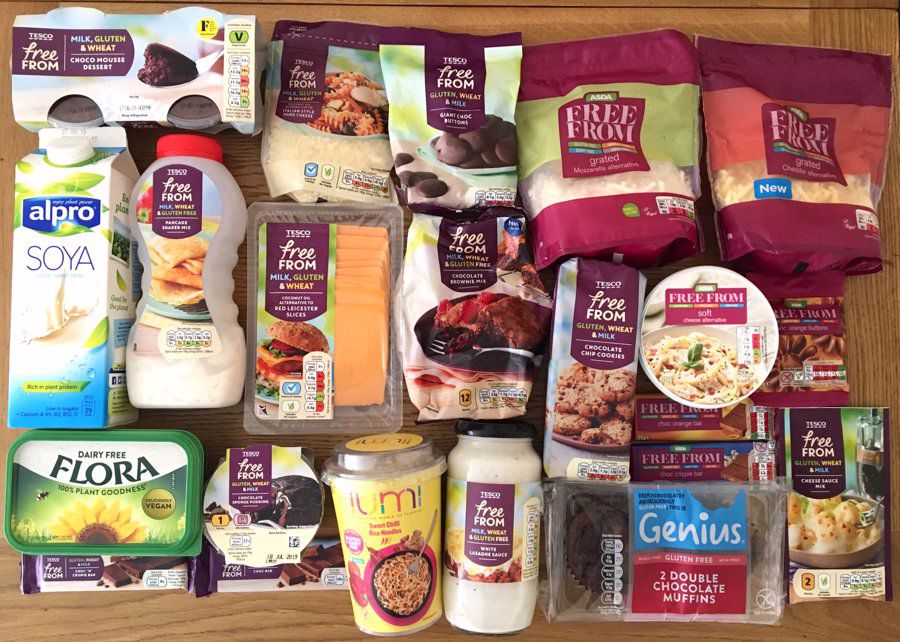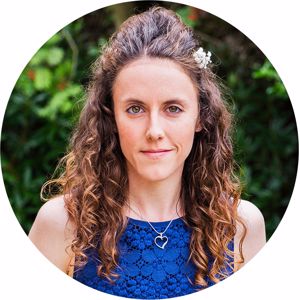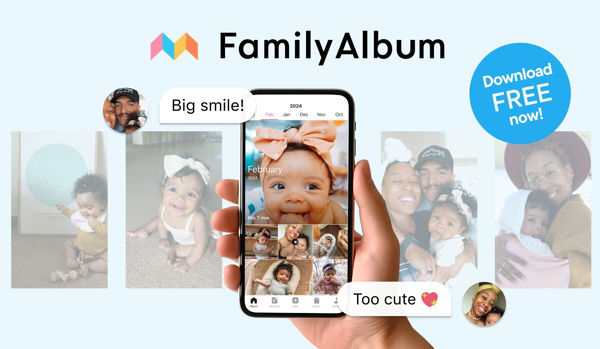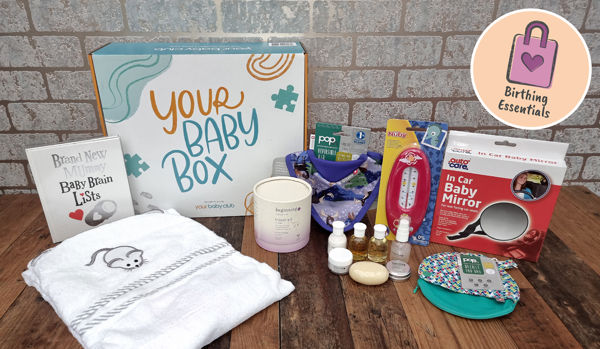My son averaged 14 breastfeeds in 24 hours when he was just 4 months old. But despite the cluster feeding, breastfeeding was really working for us. We had certainly developed a great bond by this time, and even with him feeding at all hours of the day and night, it was that bond that kept me going when I was exhausted. Our little 'Baby A' and I had overcome illness after his birth and infection of Ductal Thrush, which for me was worse than giving birth. I am a woman with Stage 4 Endometriosis, so the health benefits of breastfeeding were as much for me as it was for our son. It was helping us both to stay as healthy and well as possible. Breastfeeding and continuing to do so for the months ahead was our main goal.
After Baby A kept having lots of wind that caused him to literally cry out in pain, and those cries kept all three of us up at night, we made the decision to talk to our Doctor. She asked about my diet, which was very good, it was varied with lots of fruit and vegetables and I drank plenty of water to help replenish my milk supply. Having known my husband and father of Baby A had multiple allergies, she began to question if one of those could be triggering intolerance in him to something that I was eating. If it was eaten and digested by me, then the protein of that item was being passed down into my breast milk. She suggested it could be a dairy or lactose problem, which is an allergy/intolerance that has been seen more and more in newborns in recent years.
We went away and started a two-week investigation. I was told I had to keep a food diary versus a Baby A diary, and she explained that foods I ate could sometimes take up to three or four days to appear in my milk supply. I was unaware that certain foods I ate could also give baby wind, such as Spinach or Broccoli. I loved Broccoli! But I made the decision to not eat any of it and see if it made a difference. I only cut out a few vegetables off the list and otherwise, I ate as normal for those few weeks.
At the end of the two weeks, we were still having problems with his wind. And although Baby A was very rarely sick, (as in more than just a mouthful of excess breast milk, sick), we were concerned about his tummy. He had been slow to gain weight after he was born and had been severely jaundiced. We had spent weeks in the hospital when he was born and we had overcome all of it, only to be told there could be another tricky obstacle on the horizon. Nobody thinks that their child may have something as complicated as an allergy, and after everything, we had already faced it felt like yet another hurdle for us to get passed. It was then that the GP referred us back to the local hospital for more detailed advice on what was happening to our son.

While awaiting Baby A’s appointment with Paediatrics I kept going with the food diary. Every time he was bad we made a note of it. We also kept notes of his nappy situation, to pass on all the information that we could when the time came to see the specialist. What scared us the most was when Baby A produced some bloody stool in a few of his nappies, it was a sign his digestive system was in distress. I think that was the most frightening part for us as parents, as well as seeing him in pain and not being able to do anything about it. But for me, it was the thought that his tummy wasn’t handling an aspect of my breast milk, and as his mummy, I was desperate to fix it. I also felt incredibly responsible; it felt like his issues were entirely my fault. What also made it hard was trying to decide what to eat every day when I was constantly overthinking about every meal now, and whether or not it would affect Baby A in a negative way.
During this time we also had Baby A’s second lot of injections, and after which his skin flared up with the most horrendous eczema. It was sore and bleeding and affected his whole body. It was mostly on his face; his head and cheeks, but also his neck, legs and arms, as well as any creases on his body too. It was awful; we had to get medicated creams from the doctor and had to keep a regimented routine of applying it. We also had to keep him in mittens just so as he didn’t scratch his face. Bathing became an issue where we had to use only certified products and bath baby every two to three days so we didn’t exasperate his already dry skin.
Once the appointment came through from the referral by the GP, we were sent to a paediatrician at the hospital. Upon showing them our findings in the diaries and with them looking Baby A over in detail, including looking at his skin and body in general, they made a conclusion. It looked like a Lactose, Milk or Dairy Allergy to them. They immediately asked me about giving up Breastfeeding, which I was not prepared to do. I had had such a long and difficult journey to get to where we were, I was not about to take three steps backwards and also jeopardise my own health too.
So the only other option was for me to give up dairy products in my diet entirely, I was to consume nothing that contained any milk, lactose or whey powder. That would’ve been easier if the alternatives weren’t mostly nut related. As I mentioned before my husband has severe allergies, one of those is to all nuts, it is a severe allergy and therefore products of this nature don’t even enter our house.
The paediatrician was not very sympathetic to our already difficult situation regarding the family’s allergies and suggested that I go home and review all the contents of my food at home. I was to make a note of everything that I could still eat and increase my then five fruit and vegetables to seven a day. Then to buy alternatives such as replacement items still high in the vitamins and minerals that I would now miss from my dairy foods. This included a lot of Vegan options and cereals fortified with vitamins but that contained no dairy, as well as Soya Milk and other Soya choices to replace Cow’s Milk but that still contained Calcium.

I think the hardest part for me was not realising quite how much of my daily things contained dairy. I sat on my kitchen floor the evening after we got home from the hospital and I recall holding back tears while I searched for something that I could eat. I also needed to maintain the number of calories required a day for breastfeeding, but while cutting out everything on the doctor's list. I have always been a keen cook, but we always kept things in our freezer in case I had a bad day with Baby A and was too tired to make food from scratch.
I knew a few things were going to be easy to change, like Soya Milk instead of regular Milk and Vegan Spread instead of the Buttery Milk type. Other things were harder because you didn’t even realise that they contained milk, such as ham and sausages. It’s also the lactose and milk sugars used in foods that are processed for example, like sauces or marinades. One example is coated chicken in the frozen aisle, or items such as Kievs that contain a sauce primarily made with butter or butter oil. There were lots of things that caught me out until I read all of their packagings fully. I had always been used to looking for Nuts and my husband’s allergies, but Milk wasn’t one we had had to avoid until now.
In the end, I gave up over half of my usual food items and I managed to swap into a third of alternatives. The rest was just given up on for the foreseeable future because the variations were in no way good enough, either by taste or by their nutritional value. You won’t believe how much sugar is inside a dairy-free bar of chocolate compared to the usual kind to make it taste nicer. Of course, there were some alternatives I just couldn’t try because of my husband. We have to be aware that our son could have further allergies like my husband does, but we won’t know these until he is much older than he is now. This is just another bridge to cross when we get to it.
Of course, I would do anything to stop my son scratching his skin from his eczema and/or experiencing his crippling wind pains. But it’s so hard when they’re little and cannot tell you what’s wrong or how to fix it. The good thing is that things have improved, we aren’t sure if his skin problems are linked to the dietary ones, but they are usually linked. Over the last seven months, our son has had a variety of creams for his skin and some liquids for the bath and we are slowly getting on top of his skin conditions. We do have to praise the products available from Child’s Farm because the Doctors prescriptions have helped, but what increased our son’s healing of his eczema have been the products created especially for it by this brand. I can recommend Child’s Farm for any parent who is battling with a baby with issues like our Baby A. Within four weeks of using this moisturiser for his skin approximately seventy per cent of his skin was better. We still use medicated cream from the GP for the worse parts of it, but overall it’s so much better since using Child’s Farm.
The dairy issue, however, is an on-going battle. We are Weaning and have been doing so for a couple of months now. Baby A has been amazing with most of the food that we have given him. Of course, some foods create gas and wind can be present in all of us when eating these types of food. We haven’t noticed anything particular setting him off. He is now ten months old and becoming a cheeky little character. We are still avoiding a small list of some foods entirely. Dairy is something that I eat once a day out of every 4 weeks and we wait and see if Baby A has a reaction a couple of days later, because of the time it takes for the proteins to pass into my milk supply. We are still exclusively breastfeeding around ten times in twenty-four hours, and I haven’t noticed an episode after me eating something, where I consider the after-effects on Baby to be down to my diet. Baby A doesn’t have the wind and crippling pains that he did a few months ago thank goodness. This is all positive but we have a long way to go yet.
The next step is for me to slowly introduce more dairy back into my diet and watching Baby A for any reactions. He has had a little bit of dairy in the form of a mouthful of ice cream and I noticed he had a runny nose and sneezing within a couple of hours of having that dairy. Although this is a sign of an allergy he also had other symptoms that are present when someone has a cold. So it’s a really difficult thing to diagnose, whether it was his body responding to the dairy or if he did, in fact, have some cold germs. Only more investigation and trial and error will give us the answer.
Whatever his condition is I’m hoping that he grows out of it, some babies do after they start weaning. So I am keeping so much crossed for this! In the meantime, we are just taking things one day at a time. I’m so proud of him because he’s such a happy and intelligent baby, I’m one proud mummy bear over here! It’s important to note that dairy-free alternatives have quite a cost to them compared to the regular versions. An example of this is a small dairy-free chocolate bar at 25g costs 45p. Alpro Soya Milk can be around £1.50 per carton. It’s a good idea to look up where supermarkets have offers on going before you do your shop, as well as looking at the regular products you buy and checking the ingredients. 70% dark chocolate usually has no dairy in, cereals usually contain powdered milk so check various supermarkets to find own-brand versions that may not contain dairy. Then it's just a matter of checking sweets, processed foods and even asking in-store bakeries for their ingredients list if you want to save money by avoiding things specifically labelled 'Free From'.
Some of the dairy-free items available have pleasantly surprised me, mostly the Free From range at Tesco, including Free From Alternative Red Leicester Slices, Free From Chocolate Bars, Free From Choco Mousse Dessert, Free From Choc Crispies Bar, Free From Chocolate Sponge Pudding and the Free From Chocolate Chip Cookies. Some other great items have been the Free From items at Asda such as their Soft Cheese Alternative and their Grated Cheddar Alternative, as well as their Dairy Free Chocolate Orange Bars, yum, yum!
I have been converted to Dairy-Free Flora which is a Vegan Butter alternative, it’s tasty and I use it when baking dairy-free cake and brownies. I have Alpro Soya Milk on my cereal and use it in cooking too, I have become accustomed to it now and it has lots of minerals inside it. I admit I do miss my cheese-related foods but I am testing a load of different products, mainly supermarket own brands, to see what is the best substitute for those that I miss the most. So as a parent who has altered their diet in order to help their child I can admit it hasn’t been easy, but to make my sons life better I would do anything. I have to stress to people that if they have concerns about their little ones then talk to their GP for advice. Dairy intolerance is a relatively common allergy in babies and while some grow out of it once they’ve been weaned, others don’t and it’s important to consider the options.
I will end by saying this, I am so proud of my son. Our little Baby A has come some far and overcome so many obstacles. If our worst fears are realised later this year and he does, in fact, have a full intolerance, then we will work through it as a family, and keep making the changes necessary to make his life the best it can be. We are very lucky that so many things are now available in supermarkets for those who have problems like this, and I’m thankful to all the members of the NHS who have helped me to keep breastfeeding through these difficult months. The family and friends who also supported us and have been patient with Baby A deserve a thank you too. This on-going experience has really opened my eyes to how lucky we are despite Baby A having issues, every day I am thankful for my beautiful son.









